Hamsters make for great pets but knowing their health isn’t as easy as it is with other types of pets. Today I’m sharing some of the basic ways you can check your hamster’s health. Just remember, regular vet visits are the best way to ensure your fuzzy friend is feeling fine and healthy.
Healthy Hamsters
A healthy hamster will walk normally and smoothly, have bright, clear eyes, good skin, and a silky, lustrous coat without any dry spots, parasites, wounds, or swellings. Their teeth will be of a consistent length and not overgrown. There will be no wounds or scabs in their mouths. Their nails will be a fair length. They will not have any scabs or swelling on their feet or legs, and their bottoms will be free of any discharge, blood, or moisture.

Below are 8 ways to check your hamster’s health and take good care of it:
1. Watch It’s Weight
Keeping an eye on its weight is the first way to check your hamster’s health. The weight of a hamster may disclose a lot about its health. Rapid weight loss, for example, might signal problems like overgrown or broken teeth, parasites, or a lung illness.
Dehydration is another major cause of weight loss, so make sure their water bottle is in good functioning order. Weight loss and diarrhea combined might indicate that your pet has been afflicted with an internal parasite such as worms.
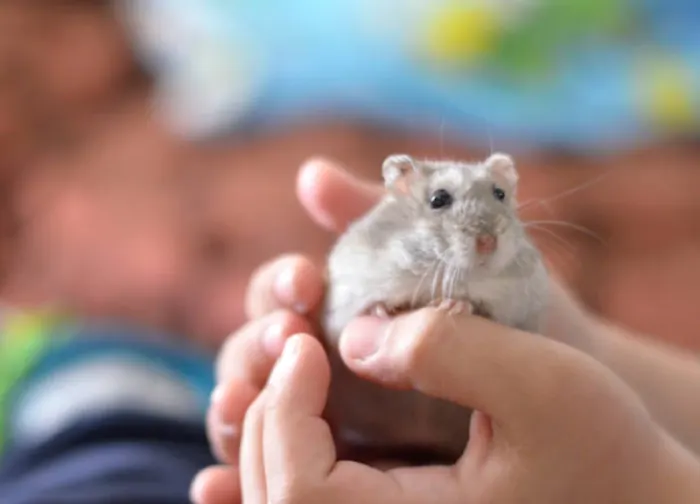
Hamsters are quite delicate and can easily shed weight and then eventually die. Know the alarming signs a hamster is dying through an informative article by Petsvills.
2. Check Eyes and Nose
Another way to check your hamster’s health is by checking its eyes and nose. If your hamster is pawing at their eye or the region around it is inflamed, it’s possible that something is lodged in there that he or she can’t get out of. You should not attempt to cure this condition yourself since you may make it worse; instead, consult a veterinarian.

A runny or moist nose might be a sign of a cold or an allergy. Dusty wood shavings or strong-smelling colours in the bedding might annoy certain hamsters, so it’s critical to find appropriate, hamster-safe bedding.
3. Examine Teeth and Nails
If your hamster’s teeth are overgrown, they may have blood in their mouth, chew hard things in their cage, or stop eating entirely. Tooth loss is a significant issue for these little animals since it can cause the opposing tooth to grow excessively long, perhaps causing oral damage. It’s critical to get your hamster to the doctor as soon as possible if you suspect overcrowding, tooth loss, or injury.

Is the length of your hamster’s nails appropriate? They can grow back towards your pet’s foot if they get overgrown, causing a lot of discomfort. If you’re unsure about the length of your nails or how to cut them, see your veterinarian.
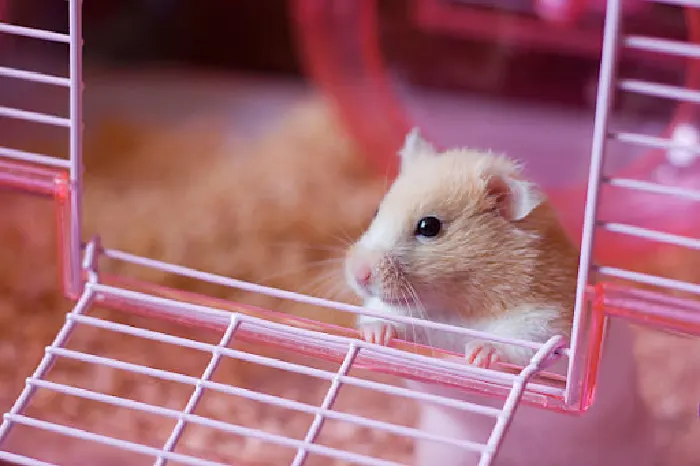
4. Inspect Its Bottom
Peeking over the rear of your hamster may not seem enjoyable, but it could possibly reveal a lot about your hamster’s health. Discharge, blood, feces, or dampness are all signs that anything is wrong. An ailment to be aware of is the wet tail. This agonizing ailment, which might be deadly, can affect hamsters, particularly Syrian hamsters. Diarrhea, an odd posture, and weight loss are all symptoms.
If you have a couple or a small group of hamsters, isolate the diseased one as soon as possible since the wet tail spreads quickly. You’ll also need to change all of their bedding and cleanse their space with a pet-safe disinfectant.
5. Monitor Water Intake
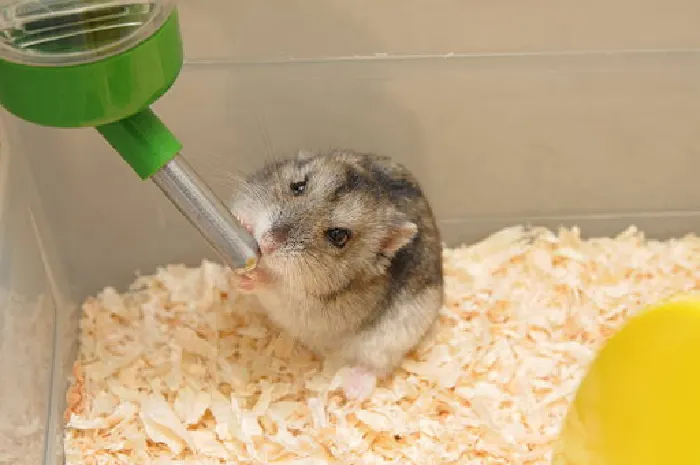
Depending on their size and breed, hamsters consume varying amounts of water. Attempt to keep track of how much water you refill a hamster’s dish on a typical day or week. If you notice that you’re replenishing the bowl more frequently, your hamster may have diabetes. In hamsters, there is no treatment for diabetes. Changes in a hamster’s food, on the other hand, can assist to alleviate symptoms.
6. Notice Changes in Urine Color

Checking the urine is another way to check your hamster’s health. The urine of a healthy hamster should be clear or yellow. If you detect dark or reddish urine, it might indicate a number of issues. It might also be something harmless, such as a side effect of the pellets you’re taking. Your hamster, on the other hand, might develop a urinary infection or bladder stones. A veterinarian should be consulted as soon as possible – especially if you have red urine.
7. Look for Cuts and Scrapes
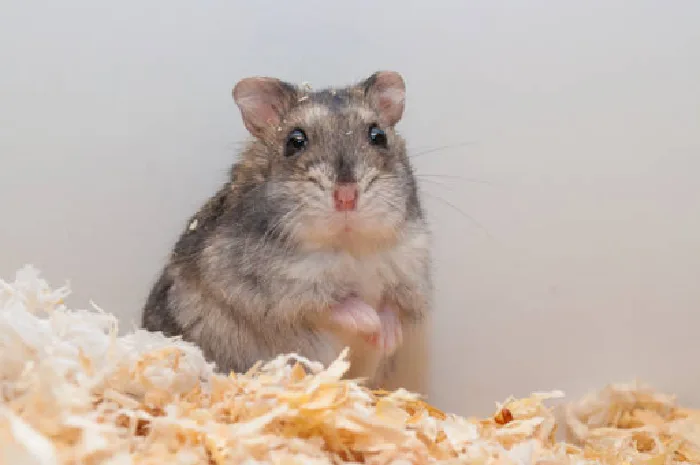
If your hamster develops a little cut, try to figure out what caused it so you can remove the threat and reduce the chance of future injuries. If it’s simply a little cut, dab a small amount of lukewarm water on a ball of cotton wool and gently dab it at the cut to clean it.
Antiseptic cream and other products designed to aid in the healing of human wounds should be avoided. If the cut is huge, deep, or does not stop bleeding, the hamster should see a veterinarian.
8. Be Alert for Unusual Swelling or Lumps
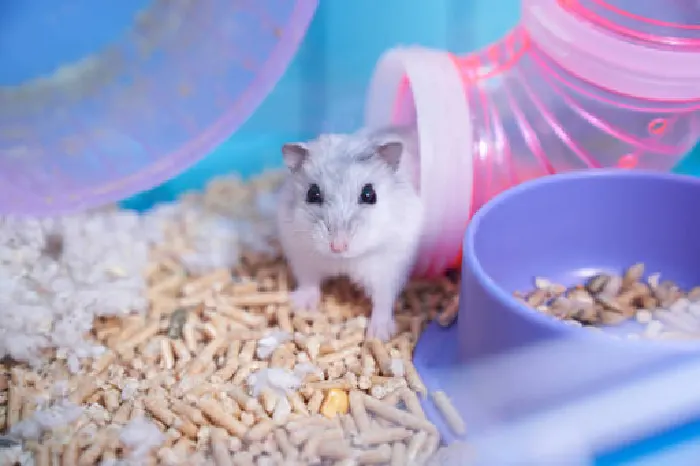
When a hamster has an infection, it can occasionally result in an abscess. A swelling, which might be soft or firm, is the most common sign of an abscess. This bulge is filled with pus produced by the hamster’s body during its battle with the illness. Abscesses can appear anywhere on the body or in the mouth, are extremely painful, and require draining and cleaning by a veterinarian or veterinary nurse.
In any area of their body, hamsters can develop benign and malignant growths. A veterinarian should be consulted as soon as possible to assess the growth and choose the best course of action. Take your hamster out of his cage once a week and gently check him for lumps.
Do I Need to Take My Hamster to a Vet?
Unlike other pets, hamsters generally do not need regular visits with a vet. They are mostly hardy animals that are usually shielded from most diseases by being kept safe in a clean cage in your home. However, if you notice a health issue, then you may want to schedule a visit with the vet.
Final Thoughts on Ways to Check Your Hamster’s Health
In the United States, hamsters are a popular pet. On average these furry animals live for two to three years. However, hamsters, like any other pet, are susceptible to various illnesses. They may have small diseases, such as the odd cold, or chronic health issues, such as diabetes. Check your hamster on a regular basis to ensure that he is safe and healthy, and if you find something out of the ordinary, consider taking it for a visit with a vet.
